“Order. Spit. Discover” are the three simple steps listed on 23andMe’s website. By sending a saliva collection kit to the ancestry test company, people can learn more about their family origins in three to four weeks.
However, the company’s terms and service also contain a warning, “you may discover things about yourself that trouble you and that you may not have the ability to control or change.”
A group of people who have used these services have learned this the hard way after discovering that they were born of incestuous relationships.
While the tests can’t say explicitly whether someone is the product of incest, the results can be taken to a third-party genetic testing firm that can.
DNA tests like 23AndMe and Ancestry.com have offered people disturbing revelations about incestuous relationships in their family tree
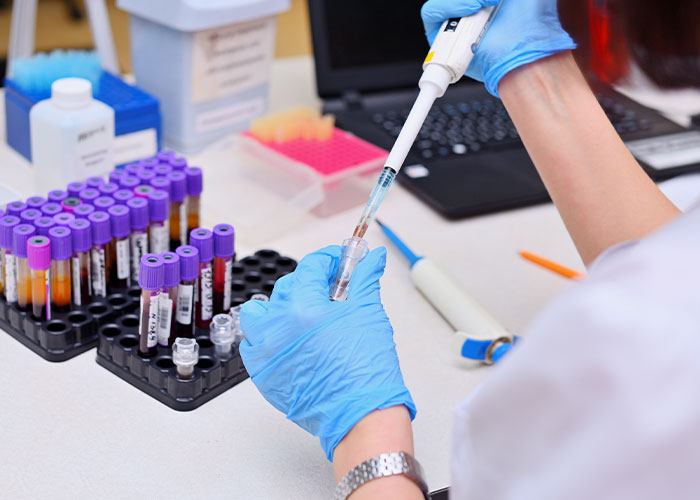
Image credits: salomonus_/stock.adobe.com
Liane and Marc met on holiday in the Bahamas when they were in their twenties. During their flight home to JFK, Liane had the sudden realization that Marc was The One.
After four decades and two children, the couple learned that they were closer than they thought.
“I got an email from the personalized genomics company 23AndMe with the subject line, ‘You have new DNA relatives.’ Which is how I discovered that my husband Marc and I are related through more than mere marriage,” Liane wrote.
“We’re third cousins.”
Third cousins mean the couple shares at least one great-great-grandparent. The situation doesn’t pose health risks, according to the Genetic Literacy Project.
But the same can’t be said of incestuous relationships between more closely related people.
Babies born of incest are at increased risk of suffering congenital disabilities, developmental delays, and genetic disorders, such as blindness, hearing loss, neonatal diabetes, and limb malformations.
In a separate case, a 30-year-old woman discovered that she and her long-term partner were actually biological siblings through an ancestry test.
People born of incest are at increased risk of suffering congenital disabilities, developmental delays, and genetic disorders
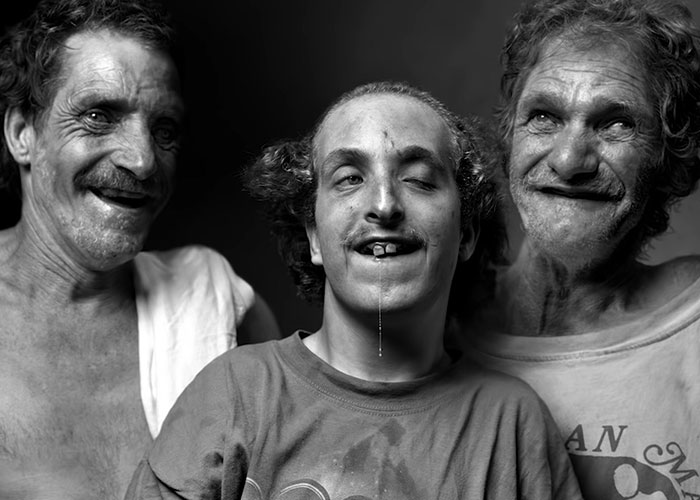
Image credits: Soft White Underbelly
“I just found out that I’ve been dating my biological brother for 6 years,” the woman wrote on Reddit.
As she explained, she was adopted as a baby but didn’t know about it until she was in high school. Her boyfriend/brother was also adopted, a coincidence they bonded over when they met.
“Now I know that the comfort and familiarity is because he’s my brother. Not my half-brother. He is my full brother.”
“I discovered it when we did the DNA test thing to see our ancestry and what exactly we are. I ordered two for us; we spit in the tube and sent it out.”
“I’m just glad we both agreed early on that we don’t want to have kids. I don’t want to deal with the health risks and have to raise a child and [have] them know that their parents are siblings.”
Last year, adopted siblings Frank and Victoria discovered that they are biologically related, thanks to an Ancestry.com test
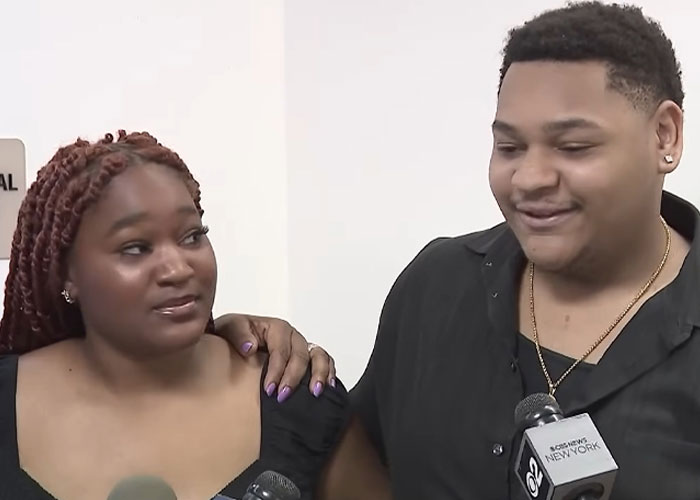
Image credits: Inside Edition
Meanwhile, Virginia native Steve Edsel found out via AncestryDNA that his parents were first-degree relatives, either siblings or father and daughter, the DailyMail reported.
Edsel became concerned regarding the origins of his conception, which he suspects could have been the result of the sexual assault of his mother carried out by his grandfather.
A study conducted by the University of Edinburgh for the UK showed that one in 7,000 people was born to parents who were first-degree relatives—a brother and a sister or a parent and a child.
“That’s way, way more than I think many people would ever imagine,” Geneticist Jim Wilson said.
The study of incestuous relationships derives from the analysis of “runs of homozygosity,” or ROH: long stretches where the DNA inherited from one’s mother and father are identical.
Many people use ancestry tests to learn more about their family history and find living relatives across the globe
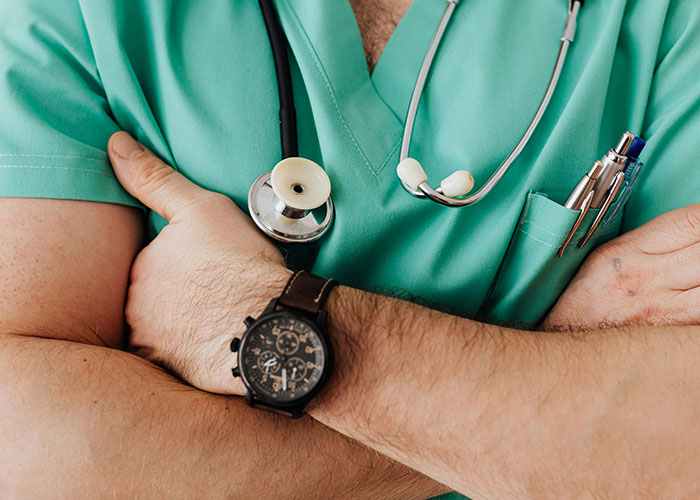
Image credits: Karolina Grabowska/Pexels
Many people use ancestry tests to learn more about their family tree and find living relatives across the globe. This is what Kelli Rowlette intended to do when she sent her saliva kit to Ancestry.com.
Little did she know that the result would indicate that her father was not the man she’d grown up with but Gerald Mortimer, who she later found out had been her parents’ fertility doctor.
Rowlette’s parents, Sally Ashby and Howard Fowler, hired Mortimer because they were struggling to conceive naturally.
The doctor suggested inseminating Rowlette’s mother with a sperm cocktail containing 85 percent of Fowler’s “genetic material” and sourcing the rest from a donor.
In August 1981, Ashby gave birth to Rowlette without the knowledge that her fertility doctor had inseminated her.
But these quick DNA-testing methods–which cost approximately $130—have also brought positive news.
Last year, adopted siblings Frank and Victoria discovered that they were biologically related.
The Staten Island siblings had been adopted separately in the early 2000s by married couple Angela and Dennis.
When their adoptive mother told them the truth about their family origins, Frank and Victoria decided to investigate their history through DNA testing from Ancestry.com.
“I got the match that my brother had popped up as my full sibling, my biological brother,” Vicky told CBS News.
“We were both found a year and a half apart and wound up in the same family,” Frank revealed. “The odds are insane.”
“I suspect this happens more than we think,” someone wrote


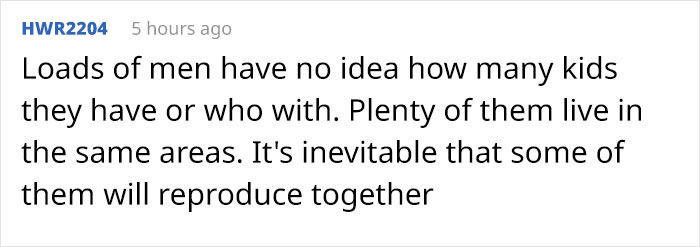




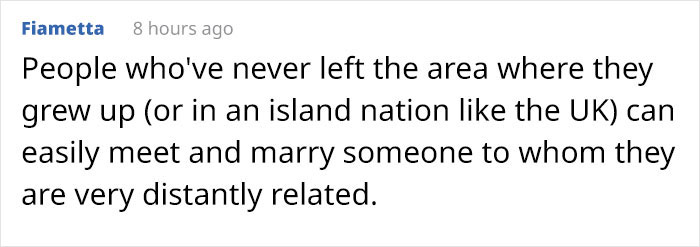







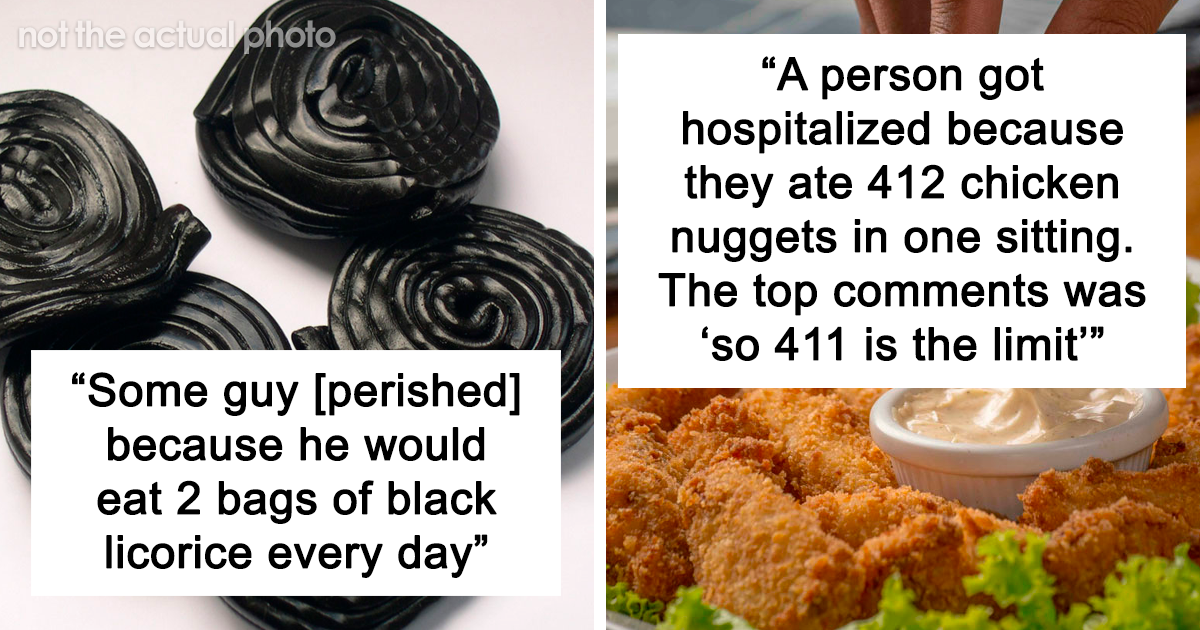





 English (US) ·
English (US) ·